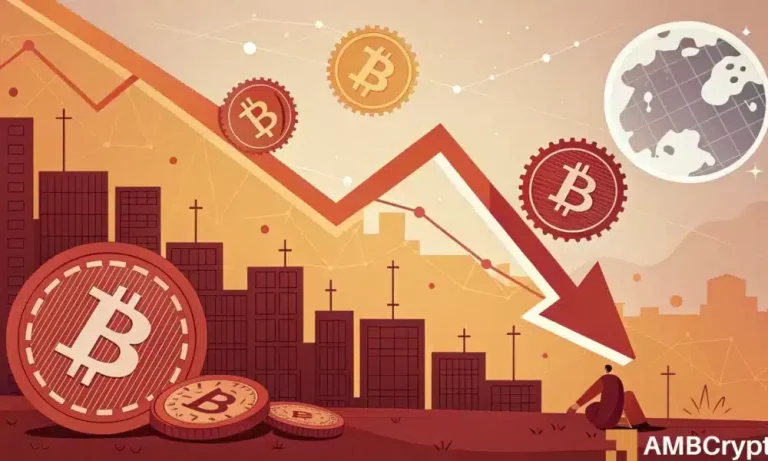
Traveling Through Time: How Europe’s Historical Heritage Shapes Modern Lifestyles in 2025
Traveling Through Time: How Europe’s Historical Heritage Shapes Modern Lifestyles in 2025. Europe, a continent steeped in history and tradition, has a profound impact on modern lifestyles. From the intricate architecture of ancient buildings to the delectable cuisine that has been passed down through generations, Europe’s historical heritage continues to shape the way people live, work, and interact with one another in 2025.
Introduction to Europe’s Historical Heritage
Europe’s historical heritage is a treasure trove of cultures, traditions, and landmarks that have been accumulated over centuries. The continent is home to some of the world’s most iconic landmarks, including the Eiffel Tower, the Colosseum, and Big Ben, each of which has played a significant role in shaping the course of human history. These landmarks not only attract millions of tourists every year but also serve as a reminder of Europe’s rich cultural and historical heritage.
The Impact of Historical Heritage on Modern Lifestyles
The impact of historical heritage on modern lifestyles in Europe is multifaceted. On one hand, it has influenced the way people build and design their cities, with many modern buildings incorporating traditional architectural styles and elements. For instance, the use of arches, columns, and domes in modern buildings is a testament to the enduring influence of ancient Greek and Roman architectural styles.
On the other hand, historical heritage has also shaped the way people interact with one another, with many traditional customs and practices continuing to play an important role in modern European society. For example, the traditional European practice of taking a siesta in the early afternoon is still observed in many countries, including Spain, Italy, and Greece.
Preserving Historical Heritage for Future Generations
As the world becomes increasingly globalized and modernized, there is a growing need to preserve Europe’s historical heritage for future generations. This can be achieved through a variety of means, including the restoration of historic buildings, the promotion of cultural events and festivals, and the development of educational programs that teach people about the importance of historical heritage.
In conclusion, Europe’s historical heritage continues to shape modern lifestyles in 2025, from architecture to cuisine, and everything in between. By preserving and promoting this heritage, we can ensure that future generations continue to appreciate and learn from the rich cultural and historical legacy of Europe.





